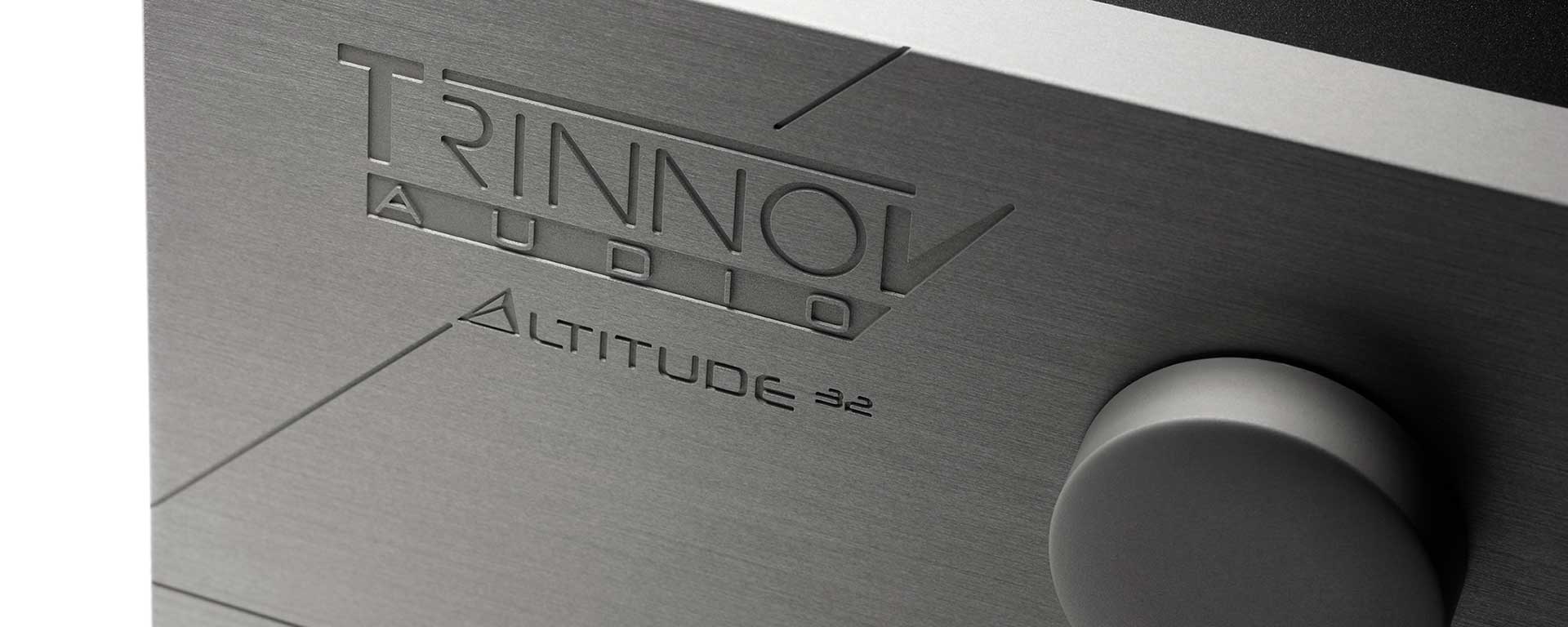When we moved from DVD to Blu Ray, the most obvious difference was the step up from 576P to 1080P video. It was at a time when we were moving into ‘Full HD’ TV’s so the talk about video resolution was the hot topic of discussion.
After all, we’d had Dolby Digital and DTS for years, right? The addition of Dolby True HD (DTHD) and DTS HD Master Audio (DTS MA) went under the radar for the vast majority of people. For those interested in audio however, this was perhaps the single most significant step forward in multi-channel hi res audio ever. At last we had not one but two fully lossless codecs to accompany the HD video.
What’s the difference between plain vanilla Dolby Digital and Dolby True HD and why should you care? Well, the difference is huge; one is a compressed, low bit rate, low data rate designed to fit on a small 5GB DVD disc. The other is a true hi-res file, put on a 50GB disc without any real constraint to its file size, meaning we get a lossless original of the studio sound track.

What this means is the volume range available between the quietest sounds and the loudest sounds. The more dynamic range you have, the greater the impact large sounds can have and the more detail that is available for the quietest sounds. In short, if you are building and designing a high-performance cinema system, high dynamic range really matters!
You don’t want to lose the small details that build up the sound scape whilst equally, when something big happens you want it to sound exactly like that; BIG! Lossless high dynamic range recordings found on DTHD and DTS MA sound tracks deliver exactly that.
So why is all this important? Well look at the chart and ask yourself; what am I delivering to my client? If it is satellite TV, streaming (from Netflix, Amazon, Now TV etc) or broadcast TV, then the answer to that question is lossy, low dynamic range content.
It doesn’t matter if you are using an Apple TV, built in TV service or a games console, the audio is compressed and limited by the streaming platform.
Unless you have discs or movie servers for Blu Ray or UHD playback, they are receiving a compressed, average sound quality, low bit rate audio sound track that is leaving performance on the table from their cinema system.
There is one more place that these high res formats are available from; games consoles. The XBOX and PlayStation consoles have be delivering up high bit rate audio for years. The reason is simple; the title creators want to make the most immersive gaming experience possible. So along with UHD video resolution and high frames rates of course they are going to use high bit rate audio.
Here is a comparison between the various formats, along with the average data rates for each of the formats:
|
Codec name |
Lossless |
Lossy |
Max Resolution |
Max data rate/average data rate |
Max Channel Count |
Availability of codec |
|
Dolby Digital |
|
x |
16 bit 48kHz |
640kbps/640kbps |
5.1 |
DVD, OTT*, Broadcast ** |
|
DTS |
|
x |
20 bit 48kHz |
1.5Mbps/1.5Mbps |
5.1 |
DVD, OTT, Broadcast |
|
Dolby Digital Plus |
|
x |
20 bit 48kHz |
1.7Mbps/1.024Mbps |
7.1 |
Blu Ray, DVD,OTT, Broadcast |
|
DTS-HD |
|
x |
24 bit 48kHz |
6Mbps/1.7Mbps |
5.1 |
Blu Ray, DVD |
|
Dolby True HD |
x |
|
24 bit 192kHz |
18Mbps/10Mbps |
7.1 |
Blu Ray |
|
DTS-HD Master Audio |
x |
|
24 bit 192kHz |
24Mbps/14Mbps |
7.1 |
Blu Ray |
|
Auro 3D |
x |
|
24 bit 192kHz |
18Mbps/10Mbps |
13.1 |
Blu Ray |
|
DTS-X |
x |
|
24 bit 192kHz |
24Mbps/14Mbps |
7.1 |
Blu Ray |
|
Dolby Digital Plus Atmos |
|
x |
24 bit 48kHz |
1.7Mbps/1.024Mbps |
5.1+ Objects |
OTT |
|
Dolby Atmos |
x |
|
24 bit 192kHz |
18Mbps/10Mbps |
7.1+ Objects |
Blu Ray |
*Over the top streaming such as Netflix, Amazon, Vudu
**Satelite & cable TV networks